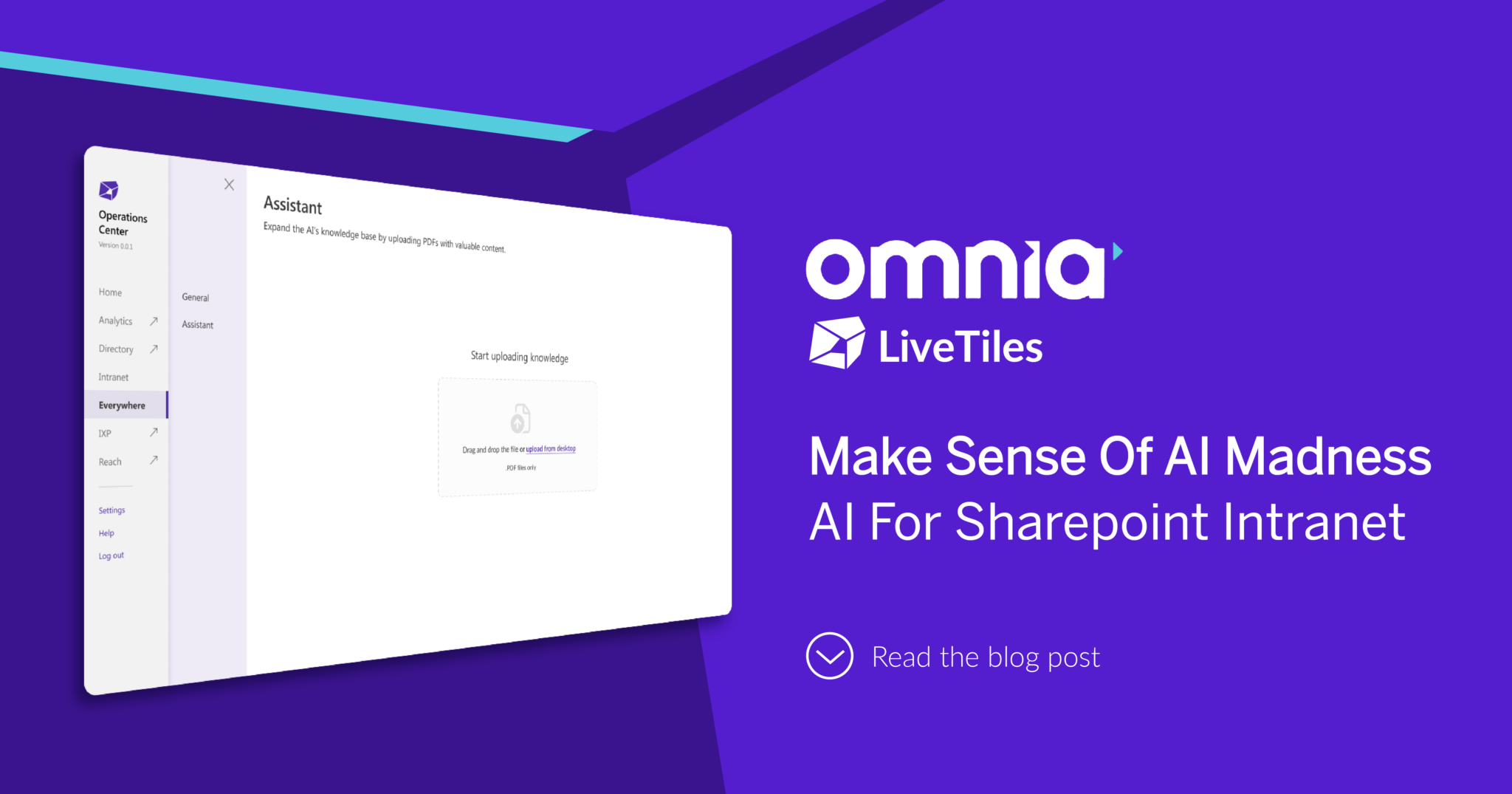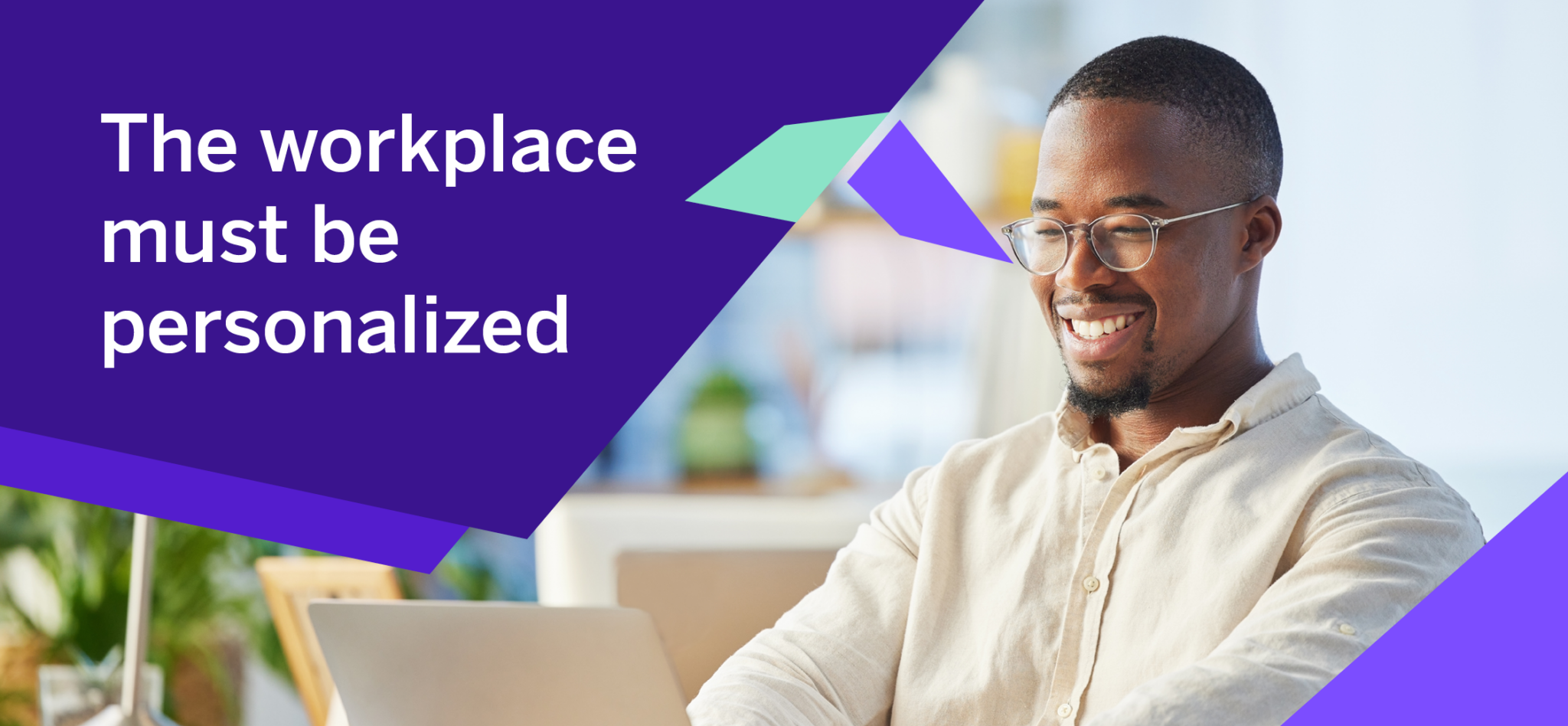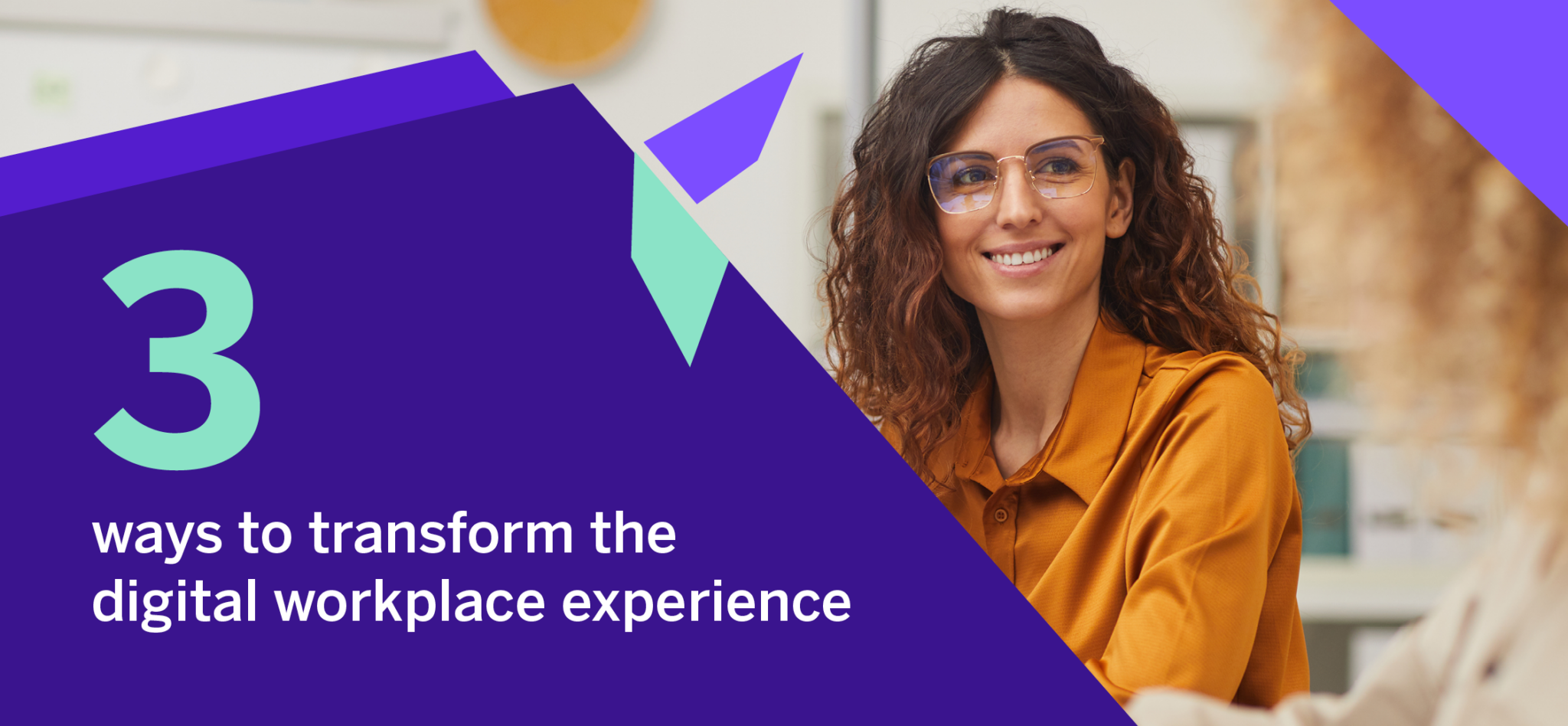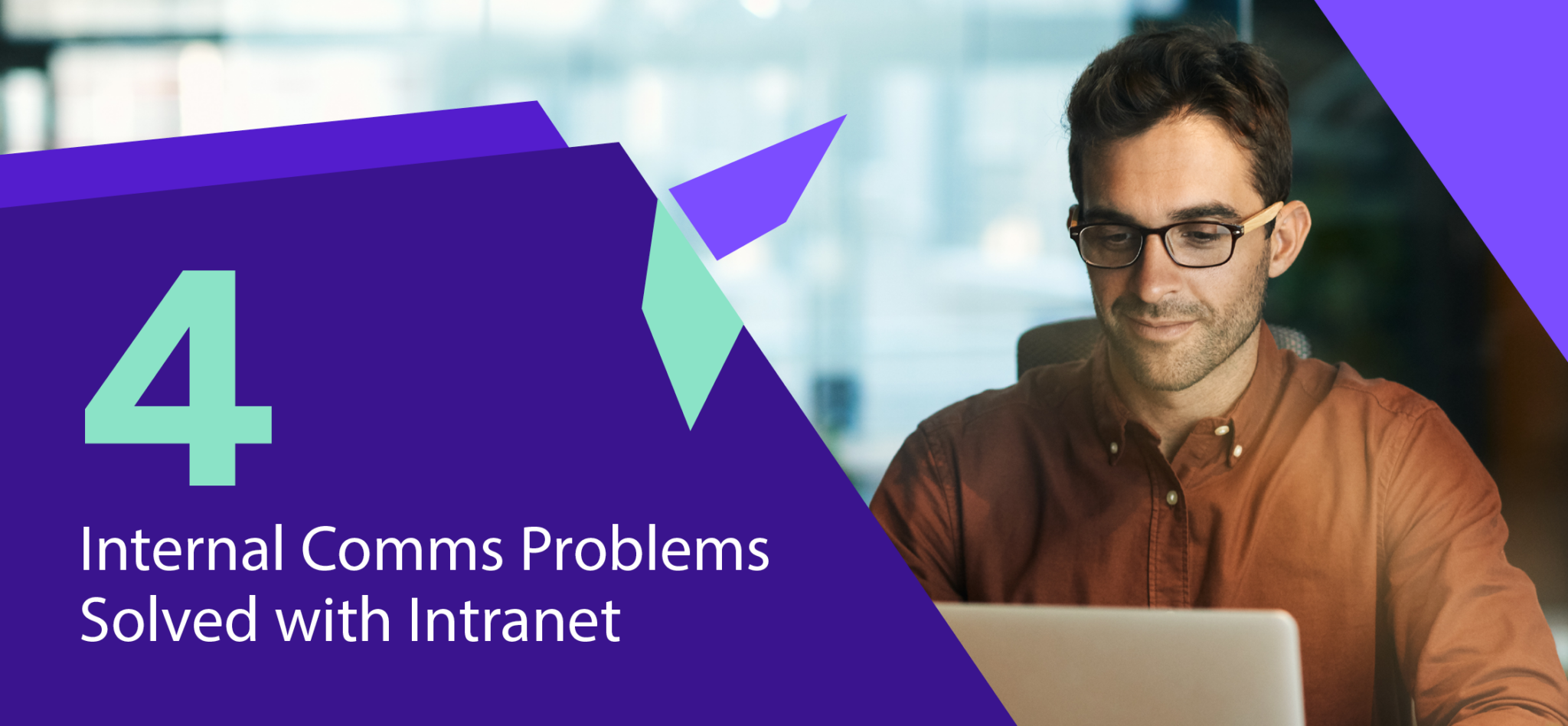Employee Experience in the Hybrid Workplace
Pre-pandemic, companies lured potential talents with state-of-the-art offices and tempting after-office activities. Employee experience meant outfitting an office with top-notch interior design, lashings of free coffee, and the latest games and gadgets. However by 2022, employee experience means much more than an office facelift.
A McKinsey survey reveals that half of office workers now prefer a flexible working model or a hybrid workplace. This was loudly echoed in the recent Employee Experience Global Pulse Check survey which found that flexibility is now a currency more highly valued than salary, especially by younger workers. This means that people want to have the option to work both at home and in the office. How that works remains vague and may vary per organization. But it’s certain and clear that the hybrid workplace is here to stay.
Employee experience in the hybrid workplace
Livetiles defines employee experience (EX) as the emotional connection that emerges from the sum of an employees’ total experience with an organization. For decades, ensuring a good employee experience meant nurturing engagement in the office. These days, this also means creating (or recreating) human connections in a virtual working environment. Thus companies are now investing in communication tools and digital workplace solutions to accomplish this.
Still, after almost two years of working in the home and hybrid workplace, it’s apparent that it remains tricky. As a NewYorkTimes article says, “There is no single right way to design a hybrid workplace.” But experts do provide some insights for organizations navigating these challenges.
Enable managers as the new frontliners
Another McKinsey report notes that managers now play bigger roles in the hybrid workplace. With managers as frontliners for organizations, employee experience greatly relies on how well they get their jobs done. These days, managers have to be more open to informal, personal talks to better connect with their teams. Empathy and active listening for instance are now crucial human skills needed by all managers to thrive in the virtual workplace.
These informal connections are likened to the conversations and chats employees have during breaks or in corridors or at the famous water cooler. Managers would now have to mimic such interactions online, either by giving ample time during meetings for catch-ups, or by just sharing stories in group chats. This way, employees are assured that their leaders are approachable.
Ensure digital fluency for all
The World Economic Forum observes that organizations have to ensure that all members of the company have digital fluency. With collaboration now heavily reliant on digital communication tools, staff must be supported and updated with the latest features of each. Rolling out awareness campaigns, or even staging seminars on how to use new apps and gadgets are some of the best ways organizations can bridge any technological gaps among employees.
Not only will this increase the efficiency of the workforce; ensuring digital fluency for all will also allow the company to be truly inclusive. Formerly disconnected employees may now have the chance to become part of crucial collaboration sessions if an organization is equipped with an updated employee experience platform.
Design an office for collaborative work
Lastly, your offices may need to be retrofitted for a more collaborative style of working. As a FastCompany article declares, “the entire purpose of the office must shift from individual work to group work.” This means replacing cubicles with open space setups to allow group meetings and installing tools to allow for hybrid meetings. These office spaces, when possible, may also host in-person meetings between teams so employees are ensured they are continuing to work in a safe environment.
The hybrid workplace may be one of the most tangible outcomes and legacies of the shared Covid-19 experience, where organizations are in a pivotal period shaping the future of work in real time. This is both exciting and daunting. McKinsey estimates this new set-up will result in lower costs and stronger organizational performance for companies.
A visionary and resilient organization will embrace the opportunity, welcome this new era, and enable its workforce—and offices—to take on the challenge of finding the right formula for its hybrid work culture.








